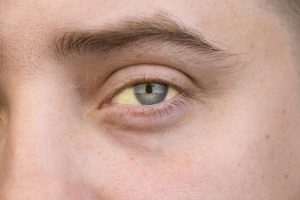Knowing the appropriate adjectives to use when describing different skin colors is of great help, especially if you don’t want to offend other people. If you need help on how to describe skin color, then you’ve come to the right place! This article shares many words that you can use as a springboard.
The color of a person’s skin can range from extremely pale to notably dark, with various shades in between. Skin tone is mainly determined by melanin, which is a pigment produced in the first layer of the skin (epidermis).
Perhaps the most common way of describing skin color is by using metaphors or similes. For instance, one might say, “I secretly envy her beautiful chocolate skin.” Or, if you know the movie, “Snow White and the Seven Dwarfs,” you’ve probably heard the line, “skin as white as snow.”
Describing skin color is quite tricky because some people might take offense, especially if you use a particular food or drink as a comparison. However, don’t let that scare you. As long as you remain respectful, you’ll be fine. Below is a summary of 47 terms for describing skin color.
Fitzpatrick Scale:
- Ivory
- Beige
- Light brown
- Medium brown
- Dark brown
- Very dark brown
Complex Colors:
- Fawn (light yellow-brown)
- Khaki (light brown with a yellow tinge)
- Ochre (yellow to deep orange)
- Russet (deep brown with a red-orange tinge)
- Sepia (reddish-brown)
- Taupe (between brown and gray)
- Tawny (light brown to brown-orange)
- Sarcoline (flesh-colored)
- Xanadu (gray-green)
Common Medical Terms:
- Gray
- Blue-gray
- Orange
- Yellow
- Red
- Albino
- Vitiligo
Common General Descriptive Words:
- Dark
- Deep
- Rich
- Rosy
- Warm
Other Descriptive Words:
- Alabaster
- Almond
- Anemic
- Blanched
- Brick-colored
- Butterscotch
- Chestnut
- Cinnamon
- Copper
- Dusky
- Ebony
- Erythemic
- Espresso
- High color
- Lily-white
- Olive
- Pasty
- Porcelain
- Ruddy
- Swarthy
Read on to learn more about how to describe skin color, including the various skin tones.
How to Describe Skin Color and Skin Tone
Below I’ll list the skin color words and terms from the following four categories:
- Fitzpatrick Scale
- Complex Colors
- Descriptive Words
- Medical Terms
1. Fitzpatrick Scale
Most dermatologists use the Fitzpatrick scale to classify human skin color. There are six types, to be exact:
Type I
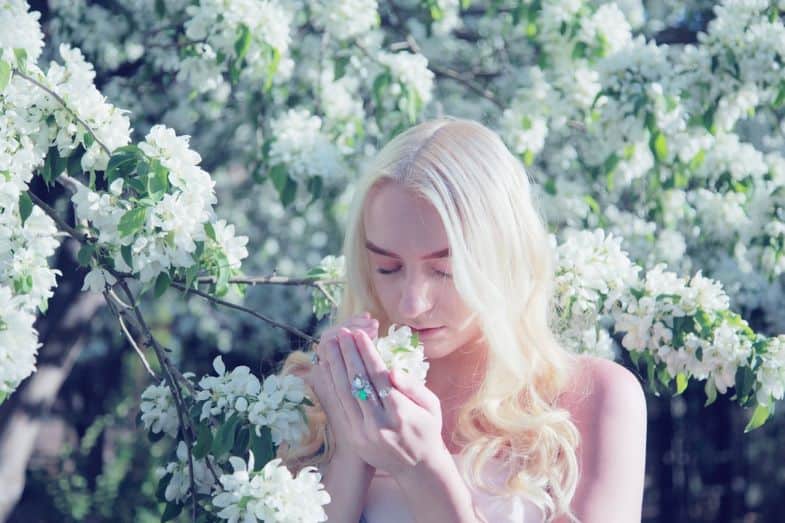
Skin Tone: Ivory
Celebrities with This Skin Type: Nicole Kidman, Emma Stone, Cate Blanchett, Anne Hathaway, Prince Harry, and Ed Sheeran
Characteristics: Porcelain to light skin color, without or with minor imperfections, sensitive, and could easily burn under the sun
Type II
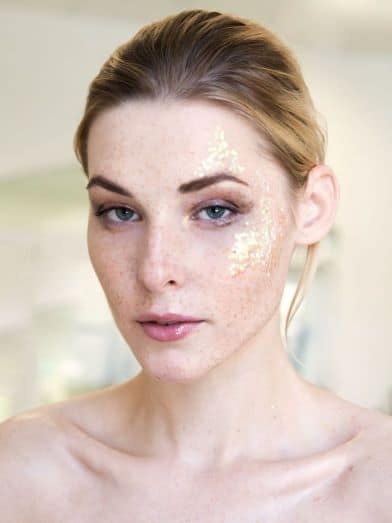
Skin Tone: Beige
Celebrities with This Skin Type: Lucy Liu, Drew Barrymore, Jennifer Aniston, Angelina Jolie, Zac Efron, Brad Pitt, and Hugh Jackman
Characteristics: Light or fair skin, can freckle and can become light tan after repeated sun exposure (but the risk of getting a sunburn or skin peeling is high)
Type III

Skin Tone: Light brown
Celebrities with This Skin Type: John Stamos, Nicole Scherzinger, Zendaya, and Taylor Lautner
Characteristics: Light to pale brown skin color with a more golden undertone, might freckle, tans occasionally (but nowhere near dark bronze), and burns easily under the sun.
Type IV
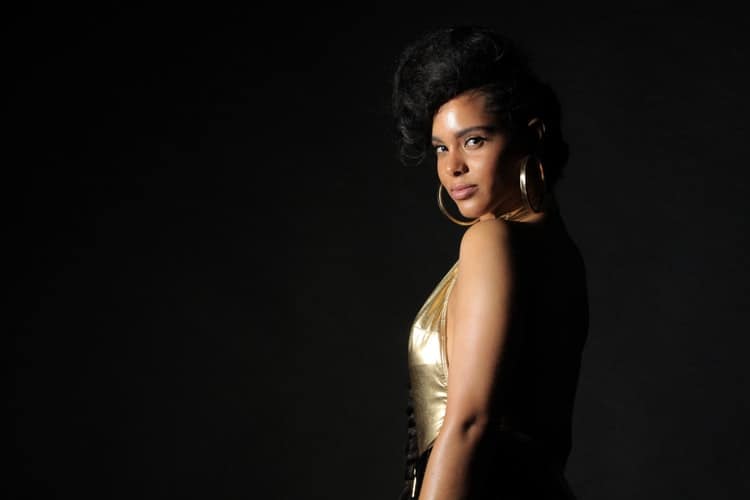
Skin Tone: Medium brown
Celebrities with This Skin Type: Halle Berry, Freida Selena Pinto, Jessica Alba, Eva Mendez, Dev Patel, and John Legend
Characteristics: Olive skin that has a tinge of light brown, tans easily and rarely burns, and doesn’t really freckle
Type V
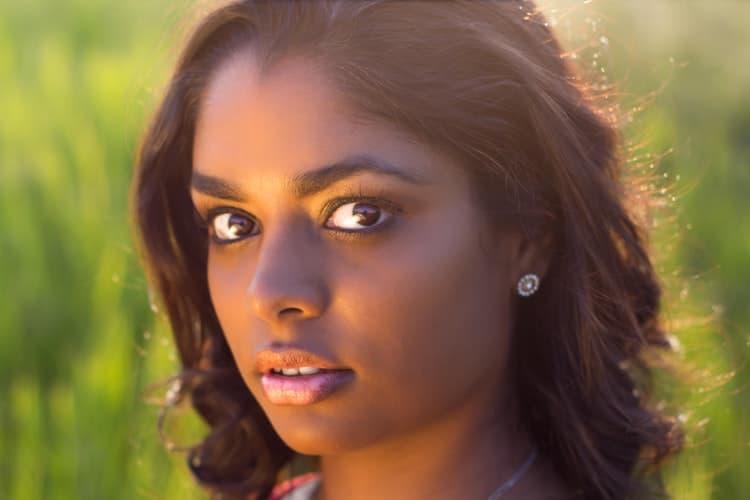
Skin Tone: Dark brown
Celebrities with This Skin Type: Beyonce, Tyra Banks, Gabrielle Union, Kanye West, and Craig David
Characteristics: Has olive to dark brown skin tone, tans easily and rarely burns, and usually comes from Middle-Eastern, Indian, or African-American descent
Type VI
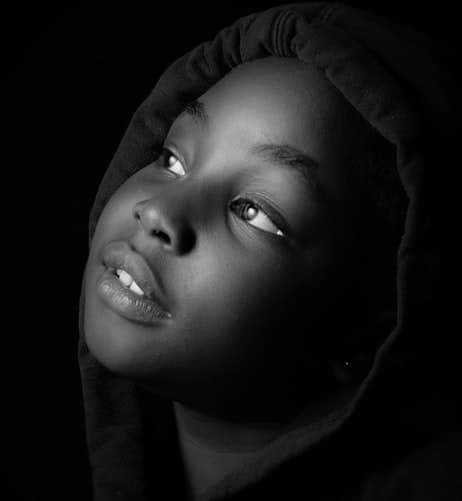
Skin Tone: Very dark brown
Celebrities with This Skin Type: Naomi Campbell, Michelle Obama, Lupita Amondi Nyong’o, and Usain Bolt
Characteristics: Dark brown to the darkest shade of brown, has a low risk for sun damage or skin cancer, and usually of African decent
The Fitzpatrick scale is just one way medical professionals describe skin color. For us non-medical folks, using basic colors also works well. So, instead of saying, “He has Type II skin,” you could just say, “His skin is brown.” It’s simple but easily understood by most people.
2. Complex Colors
If you want to use rare words that accurately represent skin colors, try using complex colors. You’ve probably encountered them a couple of times before. However, since not everyone uses these words, you might want to avoid using them or use them sparingly when describing skin tones.
Examples of complex colors include:
- Fawn (light yellow-brown)
- Khaki (light brown with a yellow tinge)
- Ochre (yellow to deep orange)
- Russet (deep brown with a red-orange tinge)
- Sepia (reddish-brown)
- Taupe (between brown and gray)
- Tawny (light brown to brown-orange)
- Sarcoline (flesh-colored)
- Xanadu (gray-green)
Perhaps you could say, “A 6-foot-5 man with taupe skin and a herculean body stood at the door of our office.”
Another example: “His sepia-colored skin and her flawless, golden-brown skin perfectly complemented each other and their hair color.”
3. Descriptive Words
If you’re feeling creative, use a word or a string of words to create a vivid picture of the skin color that you want to describe. Some words people use are:
- Dark
- Deep
- Rich
- Rosy
- Warm
But, before you rush to describe someone’s skin as dark or pale, be careful not to sound offensive and vague. There is no one definition for the skin color terms: “deep brown” or “very light skin.”
You could also use things in nature to describe certain aspects of a person’s skin color. Maya Angelou has the perfect example: “Your skin like dawn. Mine like musk. One paints the beginning of a certain end.” Musk is a reddish-brown substance that’s produced by a musk deer.
4. Medical Terms
Knowing how to describe the color of your skin isn’t just about finding the best foundation or concealer. It also gives you important clues about your health. For instance, skin redness indicates increased blood flow that could be due to injury, infection, or inflammation.
Let’s go through some skin color changes, which can indicate minor to serious health problems.
Gray Skin
Grayish skin, also called pallor, is caused by insufficient oxygen in the blood or lack of blood supply to the different parts of the body. The change in your blood’s color causes your skin to appear grayish, bluish, or pale.
There are many possible reasons for this. It could be due to disease of the kidneys or kidney failure, certain cancers, too much iron in the blood, or congestive heart failure (CHF).
Blue-Gray Skin
Blue-gray skin is also caused by low levels of oxygen in the blood (hypoxemia). In some cases, it could be a reaction to a particular drug, such as the antibiotic minocycline. This antibiotic is used for the treatment of rosacea.
These drugs trigger an overproduction of melanin in the first layer (epidermis) or second layer (dermis) of the skin that’s exposed to the sun. As a result, the skin becomes darker or bluish-gray.
Orange Skin
Carotenemia is most likely the reason why your skin turns into orange or orange-yellow color. This skin discoloration happens when there is excessive consumption of carotenoids.
This pigment gives fruits and vegetables their yellow or orange color. Once inside the body, the carotenoids are converted into vitamin A (retinol), which affects your normal skin color.
Yellow Skin
Yellow skin is also called jaundice in medical terminology. It’s caused by excessive amounts of a yellow-orange bile pigment secreted by the liver. This pigment is called bilirubin.
Other possible causes of yellow skin include alcoholism, liver problems (cancer and cirrhosis), cholesterol stones, and hepatitis A, B, and C.
Vitiligo
Vitiligo is the result of the destruction of cells that produce melanin (skin pigment). This condition leads to the formation of white patches on the face, hands, and neck, including skin creases.
In rare cases, this disease can turn the whole body to white, just like what happened to Darcel de Vlugt and Michael Jackson.
Red Skin
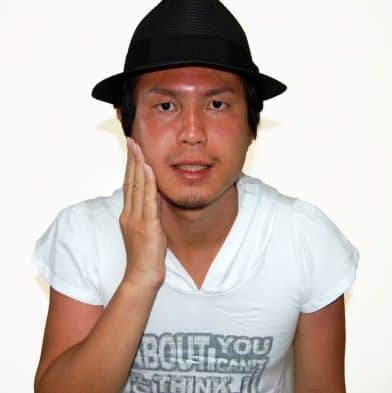
Red skin or erythema may occur due to several reasons. Sunburn, allergic reactions, and inflammatory skin diseases (e.g., dermatitis, rosacea, and psoriasis) are just some of the most common culprits. Sézary syndrome, a rare condition, could cause a red, flat rash on the entire body.
Albino Skin
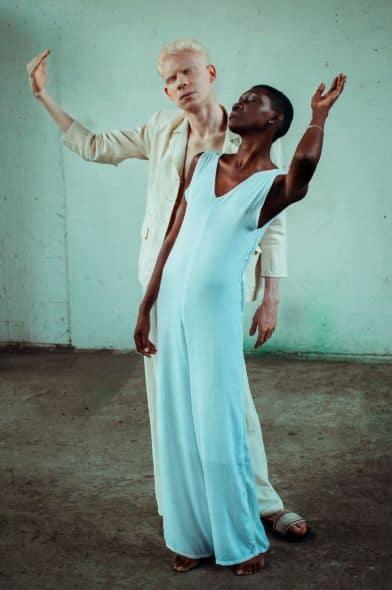
People with albinism have very light-colored skin, which others might compare to snow or chalk. This condition is due to a defect in one of the many genes responsible for producing or distributing melanin. It’s passed down from one or both unaffected parents to a child.
Other Words to Describe Skin Color and Complexion
1. Alabaster
Alabaster is used when referring to a very light, glass-like skin. It’s different from porcelain skin in terms of the quality of a person’s complexion. Porcelain skin is smooth, and alabaster skin is creamy.
2. Almond
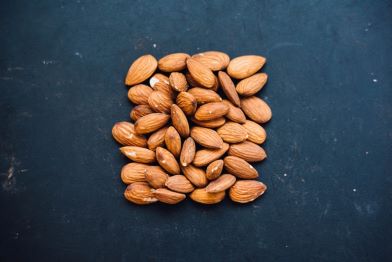
Having almond skin is like saying you have light tan skin. People with brown to dark tan skin color also belong to this category. They tend to have a natural, even, and sun-kissed glow.
3. Anemic
When you’re anemic, your skin becomes pale due to a lack of hemoglobin, which is a protein that transports oxygen from the lungs to the rest of the body.
4. Blanched
Blanc means “white” in the French language. Your skin becomes pale or blanched (relative to the surrounding skin) when you apply pressure on a dark, pinkish, or reddish area of your skin using your finger. Once you remove the pressure, your skin should go back to its natural color.
5. Brick-Colored
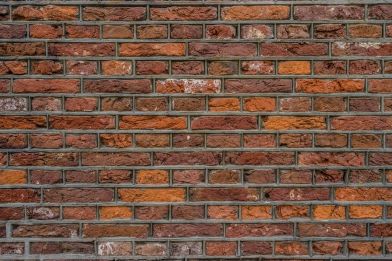
Brick comes in different colors. You have pink, red, white, and yellow.
6. Butterscotch
The authentic butterscotch candy has a light brown color. The color of butterscotch is a bit similar to that of caramel, but with a few key differences. The color range of caramel is from dark beige to golden brown, while butterscotch is light beige to creamy in color.
7. Copper

Copper skin refers to a dark-brown complexion.
8. Chestnut

In Old English, the chestnut color is also called badious. When the color of your skin is chestnut, it means that your skin has a dark brownish-red or dark tan color.
9. Cinnamon

A cinnamon-colored skin features a medium shade of brown. It’s lighter than chocolate, but it’s darker than beige. Because of its warm undertones, it can sometimes appear red or orange.
10. Dusky

When you add “dusky” to a color, it means it has a dark shade. Dusky brown skin is an example of how you can use it to describe skin color.
11. Ebony

Ebony refers to dark and beautifully smooth skin. So, this term is often used as a compliment, not as an insult.
12. Erythemic
Erythemic means “red skin” due to enlarged blood vessels and increased blood flow to certain areas of the body.
13. Espresso
Most shades of dark brown skin are described using this word.
14. High Color
A high-color skin simply means “flushed skin.” Some of the synonyms for high-colored skin are aflush, blooming, blushing, glowing, rose-colored, deep pink, coral, and colored.
For example: “She had a high color on her cheeks because of embarrassment.“
15. Lily-White

As the name suggests, lily-white is another shade of white. However, it usually refers to a pristine type of white. Meaning, no freckles, acne, scars, and other skin imperfections.
Important: Be careful when using this word because it’s also a term used when referring to a racist white person.
16. Olive
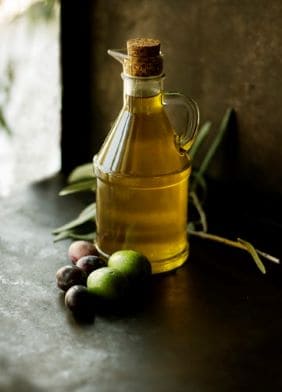
An olive skin refers to many shades of skin color, specifically light to medium brown and tan skin. People from Asia, South America, and the Mediterranean region have olive skin.
17. Pasty
A pasty skin is synonymous with an unhealthy and very pale skin complexion. Think of Edward Cullen from the movie Twilight.
18. Porcelain
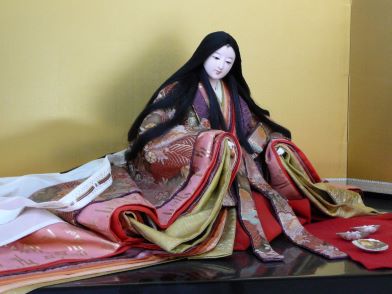
If you need a word to describe a skin that’s lighter than fair skin, porcelain would be it. Just like lily-white skin, porcelain skin appears unblemished and pure.
19. Ruddy
A ruddy complexion has a healthy and reddish appearance, just like red autumn maple leaves and tomatoes.
20. Swarthy
According to Vocabulary.com, “swarthy” means “dark-skinned.” However, you can’t just use this term to describe anyone with a light or dark skin color. It’s more appropriate to use on a person with olive skin, weather-beaten skin, or tan skin.
Choosing the right adjectives for skin color is crucial for many reasons. For instance, if you’re a writer, it could help catch the attention and engage the imagination of your readers at the very start. Another reason is that you don’t want to unintentionally hurt someone’s feelings or be labeled as a racist.
The terms above are by no means an exhaustive list. There are still so many words out there that you could use to describe skin color. Get creative, but remember to pause and evaluate if they’re positive adjectives for skin color.

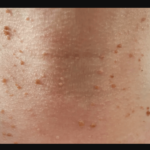
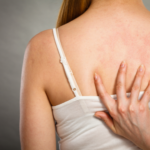
![Shades of Brown Skin [20 Common Brown Shades with Chart] shades of brown skin tone](https://skincaregeeks.com/wp-content/uploads/2021/05/shades-of-brown-skin-tone-150x150.jpg)
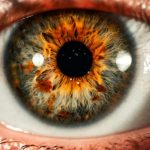
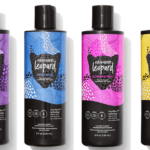
![Neutral Skin Tone Defined [and Best Colors for Neutral Skin] neutral skin tone](https://skincaregeeks.com/wp-content/uploads/2021/05/neutral-skin-tone-150x150.png)
